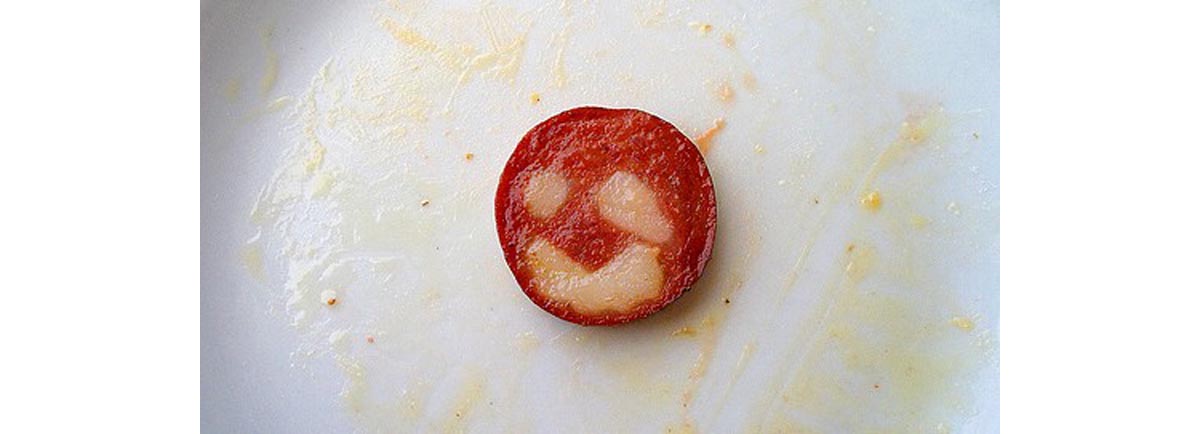Table of Contents
Many people believe that a common theory that suggests cholesterol causes cardiovascular disease is really just a myth, so there is no need to monitor your cholesterol numbers at all. The truth is, however, that your cholesterol levels play a big role and are critical to the process of atherogenesis that clogs your arteries up. The very same cholesterol that causes these clogs in your ateries, however, is not the cholesterol that is usually measured.

What Exactly Is Cholesterol?
A surprising amount of people don't know much about what cholesterol even is. Most people think of Cholesterol is usually described as a fatty, waxy substance. This is not exactly true, however. The kind of cholesterol that runs in our bloodstreams is actually something quite different.
Fats do not dissolve in water. Therefore, cholesterol could not properly be transported through the bloodstream except for being coated with proteins that are water-soluble. Without a balloon-like layer of lipoprotein, cholesterol could never enter your circulation.
The body is made up of about 85% of the cholesterol in circulation, the other 15% comes from the food you eat. The basic building blocks of cholesterol are triglycerides, which basically store your unused carb calories as a substance called glycerol, combining both of these with unused fatty acids. Triglycerides can be broken down into fuel, or the liver can process them into smaller, protein-coated particles of cholesterol. Cholesterol is not just one thing , but there's many different types. Not all kinds of cholesterol function in the same way in the human body.
What Are the Different Kinds of Cholesterol?
When we get our cholesterol numbers checked out, we are usually told our total cholesterol levels. Total cholesterol is (1) a fatty substance that has to be coated with protein to circulate through the bloodstream but is not (2) a triglycerides. The lab measures your total level of both lipids and triglycerides, and what's left is cholesterol.
The "balloon" of protein coating cholesterol, however, may be of various sizes. The lightest, fluffiest, largest particles of cholesterol are known as very low-density lipoprotein or VLDL cholesterol. As the VLDL cholesterol circulates through the body and its glycerol and fatty acids are used to fuel your muscles and internal organs, it shrinks into a slightly denser form known as low-density lipoprotein or LDL cholesterol.
The liver can still extract more fatty acids and glycerol from LDL cholesterol to make high-density lipoprotein or HDL cholesterol. But why exactly does the size of cholesterol even make a difference?
Some particles of cholesterol are too large to get trapped in the linings of your arteries. Others are too small. LDL cholesterol is what is known as the "bad" cholesterol that can contribute to the process of calcification. However, not even every kind of LDL cholesterol is harmful to your body. Only the just-large-enough pieces of cholesterol known as apoliprotein B1 (or apo-B1) is capable of "unlocking" your white blood cells in the linings of your arteries so that they fill up with cholesterol and eventually calcify into the plaques that are known for blocking your arteries.
Neither triglycerides nor any of the other various forms of cholesterol is always good or bad for you. The process of plaque formation depends on more than just the presence of cholesterol, even the kind of cholesterol that can get trapped in the lining of an artery matters.
- Sich D, Saïdi Y, Giral P, et al. Hyperalphalipoproteinemia: characterization of a cardioprotective profile associating increased high-density lipoprotein2 levels and decreased hepatic lipase activity. Metabolism. Aug 1998.47(8):965-73.
- Yamashita S, Maruyama T, Hirano K, et al. Molecular mechanisms, lipoprotein abnormalities and atherogenicity of hyperalphalipoproteinemia. Atherosclerosis. 2000.152(2):271-85.
- Photo courtesy of sienda on Flickr: www.flickr.com/photos/sienda/6446267633
- Photo courtesy of on Flickr:

